Need a quick getaway to a warm, leafy refuge?
Well, come along …
I just dug up a fun bit of history about winter gardens.
Ever heard of such?
I’m not referring to those lucky gals in southern locales whose pretty plots are all gussied up in green as we speak (like, say, the folks in Winter Garden, Florida).
I can hardly even imagine.
Nor am I talking roots ‘n tubers (even though you know I adore them).
Historically speaking, winter gardens were large and wondrous conservatories that originated in Europe somewhere around the 17th century. It seems that the noblest of the noble would construct grandiose greenhouses, often attached to their palaces, like supernatural sunrooms, which housed tropical plants—even towering trees!
This, for example, is the little ol’ People’s Palace and Winter Gardens in Glasgow, Scotland:
The earliest winter gardens were constructed of masonry and glass, but toward the 19th century, it became all-the-rage to utilize wrought iron and curvilinear glass. A breathtaking example of this type of architecture is the Curvilinear Range Botanic Gardens, built between 1843 and 1869, in Dublin, Ireland.
Take a gander:
Gorgeous … can’t you just feel that humid mist?
Here in Idaho, all sweatered and snowbound, it looks heavenly.
If you’re reluctant to return from this mini-vacation, visit this website to stroll through more winter gardens.













































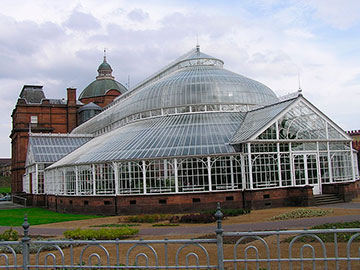

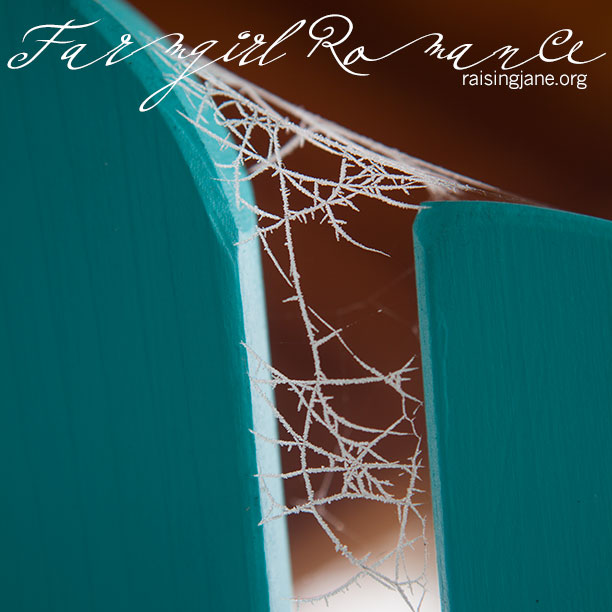
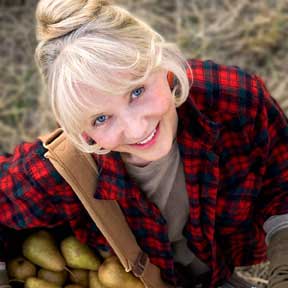
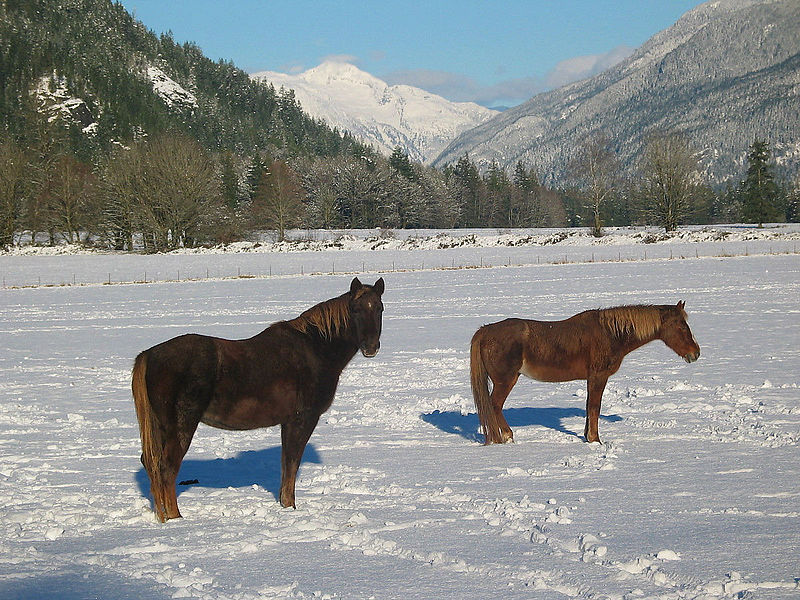
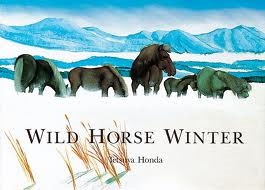
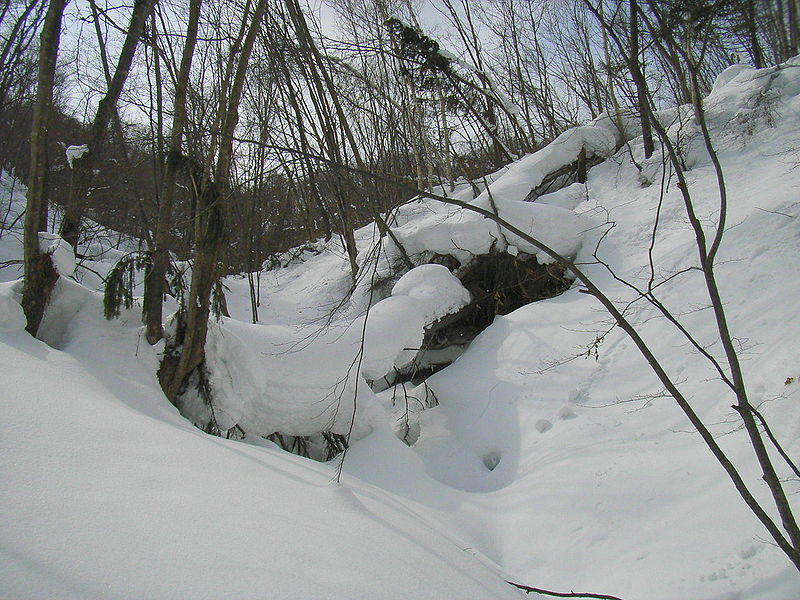
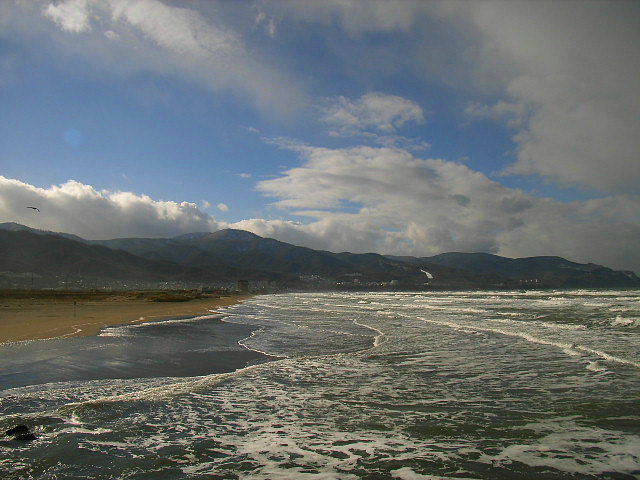
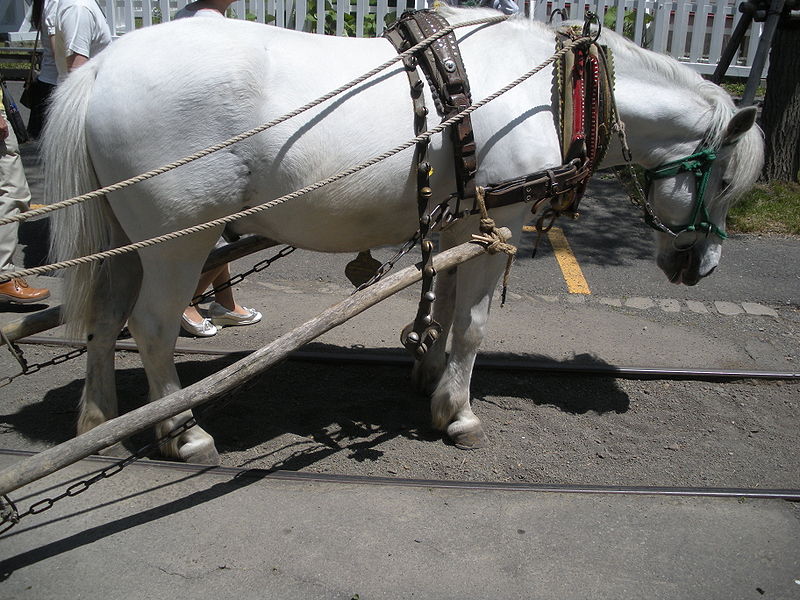

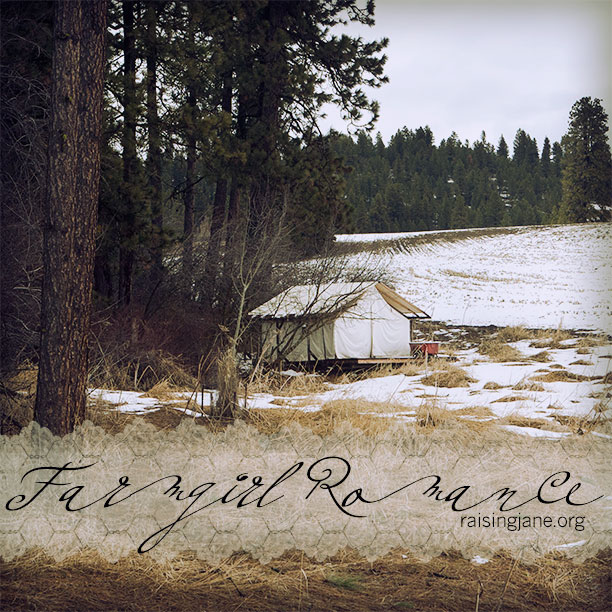










My late garden mentor, Eva, used to make up in late fall , what she called ” winter gardens” . They were actually little terrariums filled with live local moss and small pine trees and such. She would always put some sort of berries in for color like holly. And always a tiny deer or fox statue or similar woodsy animal,. she’d add a pretty stone like shiny quartz or some bark. Historically it is a local Pennsylvania ” Dutch” (German) custom to make these and give them for Christmas gifts. They last for years if properly sealed up and kept in filtered sunlight in a window sill.
Lisa, I love the Pennsylvania Dutch gifting of little terrariums at Christmas. A friend and I once made them in the dead of Virginia January Winter and they were so beautiful and fun to watch little plants emerge and bloom.
Here in Florida, winter gardens are a way of life. Currently, there are December azaleas in bloom, poinsettias, and camellias all gracing landscapes. In addition, pansies and petunias love our “cold” weather and perform better than when the heat and humidity hit in late April. There is always something blooming and growing down here which makes it a garden lover’s dream come true!
I have a memory of MJ talking about making terrariums during her college days? Is that a true memory, I wonder…
I have always wanted a winter garden, by the way, but these are stupendous and strike me (almost) dumb!
‘Twas in fact me a few MJF issues back talking about making and selling terrariums for money while at college. Good memory!!!!
Thanks for saying I have a good memory. On today, of all days, I need to hear that!
Hug headed your way!!!! Be on the look out.
Got it! And sending you one in return! Happy New Year to your great staff and yourself!